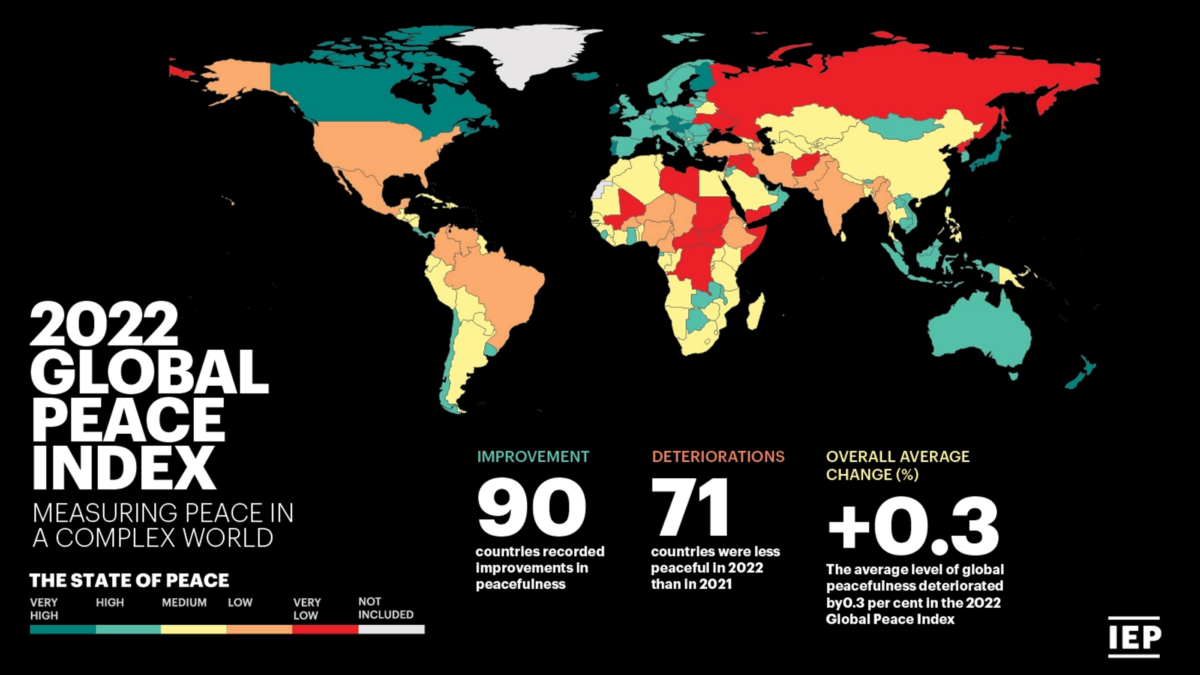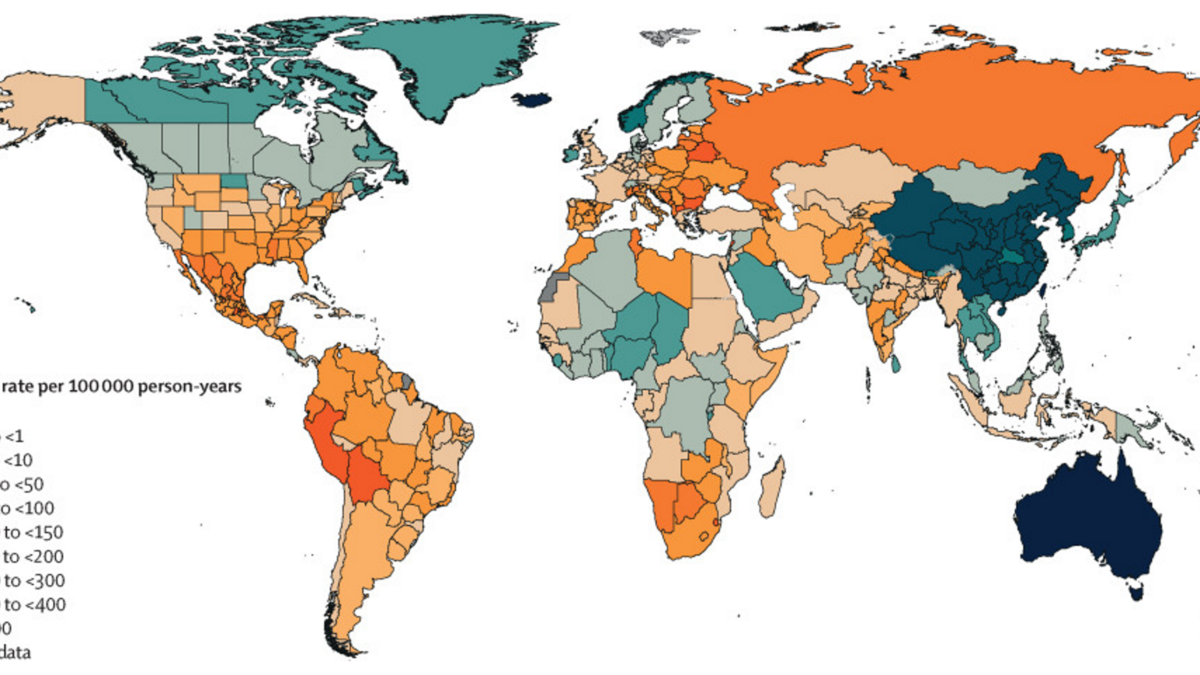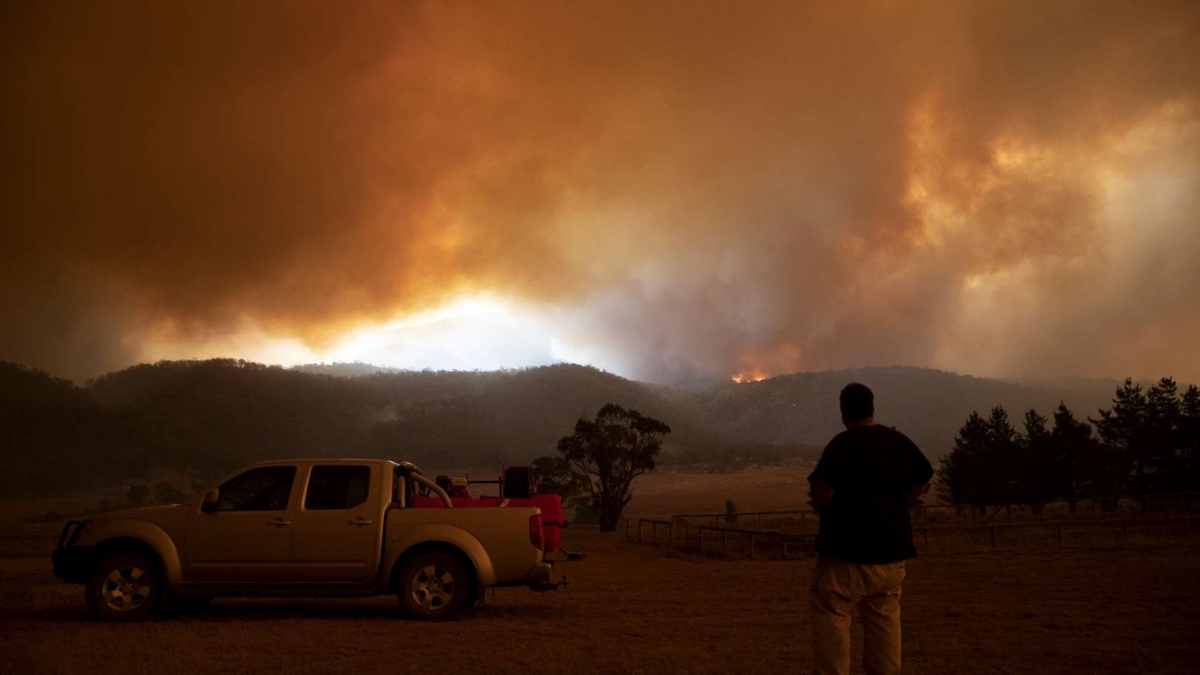India’s savage heat exacts heaviest toll on outdoor workers – Humid heat causes 650 billion hours of annual lost labor globally, up at least 9 percent over four decades – “This is not just exhaustion or discomfort. It is actually killing people.”
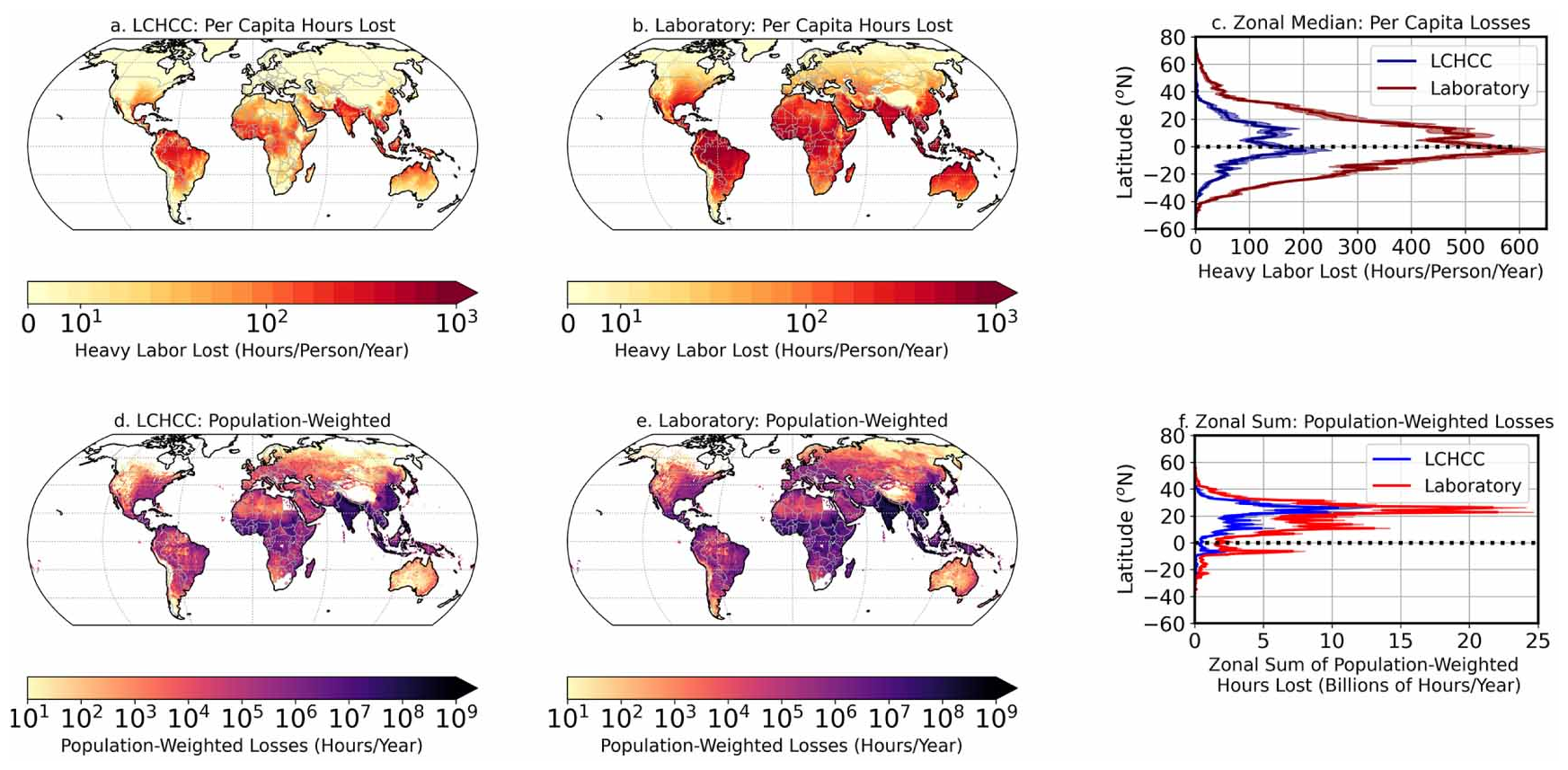
By Anjana Pasricha
23 May 2022
NEW DELHI (VOA News) – Pradeep Kumar can earn nearly eight dollars a day selling the traditional Indian drink with cumin and lemon that he makes at his cart in a popular market in New Delhi — supposed to cool the body, the beverage has been much in demand in recent months as north India reeled under a brutal heat wave.
But on some days, he says he could not summon up the energy to set up his cart as the punishing temperatures took a heavy toll on those working outdoors.
“I am exhausted every night after standing under the sun. Sometimes I fall sick due to the heat and then I need to rest for a few days,” said Kumar. “Once I could not come for a week.”
It is not surprising — while temperatures are normally high in May and June, the heat spell began unusually early this year. Temperatures in March shattered a 122-year record, April was the hottest month on record in north and central India and this month the mercury has topped 45 degrees Celsius on several days.
In a city where tens of thousands work as construction labor, rickshaw pullers, hawkers or at pavement stalls, many like Kumar have lost income due to the weekslong searing heat. Although temperatures eased Monday, the respite is likely to be brief.
India suffers the highest loss of productivity in the world due to extreme heat — it lost more than 100 billion hours of labor every year between 2001 and 2020, costing the country billions of dollars, according to a study published in Environmental Research Letters by Duke University.
The heat waves are a huge health hazard — most of those working outdoors cannot heed a government advisory to avoid being out between noon and 3 pm on hot days.
“Heat strokes are the second biggest natural force which is killing people in India after lightning,” said Avikal Somvanshi, senior program manager of Urban Lab at the Center for Science and Environment citing government data. “In fact, more than 20,000 people have died in last 20 years because of heat stroke and over half of them are men aged between 30 to 60 who are working outdoors. This is not just exhaustion or discomfort. It is actually killing people.”

The impact is worsened by what is called the “heat-island effect” — the concentration of concrete buildings and roads that leads to much higher temperatures in city centers compared to suburban or rural areas.
Divyanshu Pratap, who has come to New Delhi from his village to work at a pavement stall for the first time, has experienced it firsthand.
“When I am standing and the sun blazes on my head, I get dizzy spells. Then I feel weak and fall down,” he said. “It was also hot in my village, but nothing compares to this.” [more]
India’s Savage Heat Exacts Heaviest Toll on Those Working Outdoors
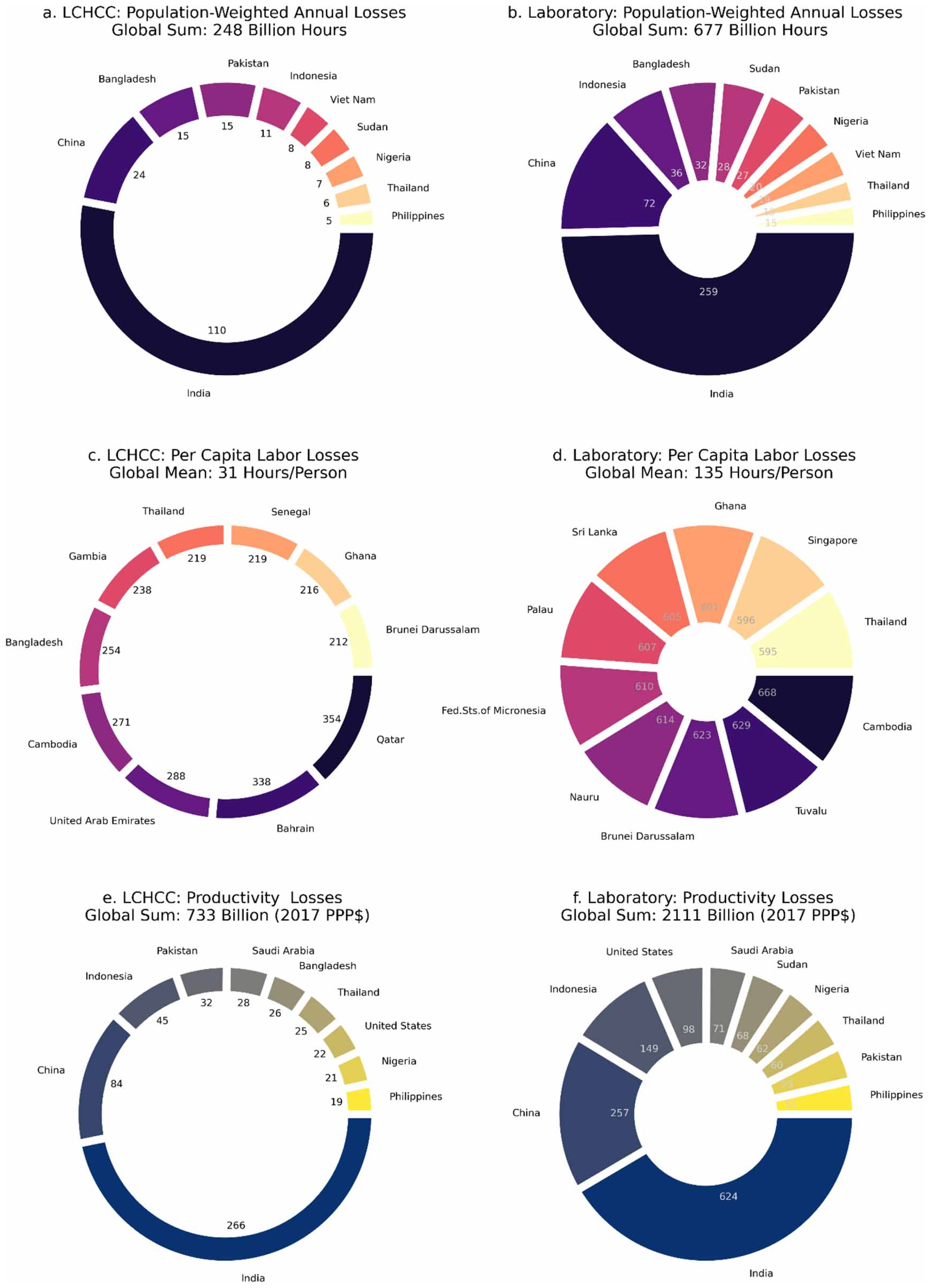
Global labor loss due to humid heat exposure underestimated for outdoor workers
ABSTRACT: Humid heat impacts a large portion of the world’s population that works outdoors. Previous studies have quantified humid heat impacts on labor productivity by relying on exposure response functions that are based on uncontrolled experiments under a limited range of heat and humidity. Here we use the latest empirical model, based on a wider range of temperatures and humidity, for studying the impact of humid heat and recent climate change on labor productivity. We show that globally, humid heat may currently be associated with over 650 billion hours of annual lost labor (148 million full time equivalent jobs lost), 400 billion hours more than previous estimates. These differences in labor loss estimates are comparable to losses caused by the COVID-19 pandemic. Globally, annual heat-induced labor productivity losses are estimated at 2.1 trillion in 2017 PPP$, and in several countries are equivalent to more than 10% of gross domestic product. Over the last four decades, global heat-related labor losses increased by at least 9% (>60 billion hours annually using the new empirical model) highlighting that relatively small changes in climate (<0.5 °C) can have large impacts on global labor and the economy.
Global labor loss due to humid heat exposure underestimated for outdoor workers
